INTRODUCTION
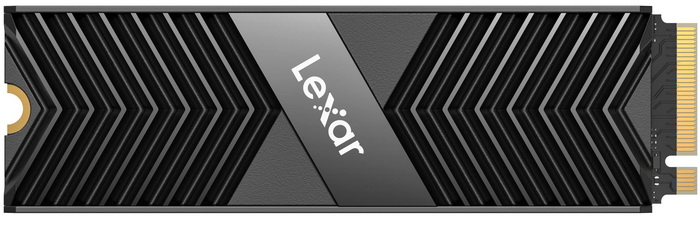
The arrival of the top-tier Intel Z790 and AMD X670E motherboards should had “ignited” the release of many PCIe 5.0 Gen5 M.2 NVMe SSD models in the market but as most of you are certainly aware this is not the case, not yet anyways. The why is not really important (if i had to guess it would be probably due to temperature issues) what is important is that with speeds surpassing 6000MB/s PCIe 4.0 Gen4 M.2 SSDs are still more than enough for 99% of consumers and even professionals and so today I’ll be testing the 2TB heatsink variant of the NM800 PRO series by Lexar.
For more than 25 years, Lexar has been a trusted leading global brand of memory solutions. Our award-winning lineup includes memory cards, USB flash drives, card readers, solid-state drives and DRAM. With so many options, it’s easy to find the right Lexar solution to fit your needs. All Lexar product designs undergo extensive testing in the Lexar Quality Labs with more than 1,100 digital devices, to ensure performance, quality, compatibility, and reliability. Lexar products are available worldwide at major retail and e-tail stores. For more information or support, visit www.lexar.com.
As mentioned in my past review the NM800 PRO line of PCIe 4.0 Gen 4x4 M.2 NVMe v1.4 SSDs by Lexar is currently available in two versions (with and without the LPAH100 PS5 compatible heatsink - also sold extra) and in 3 capacities (512GB/1TB/2TB). The entire Lexar NM800 PRO line is based on the Rainier IG5236 eight-channel NVMe v1.4 NAND flash controller by Innogrit paired with 1GB DDR4L DRAM and 176-layer 3D TLC NAND flash. In terms of technologies the Innogrit Rainier IG5236 controller is fully packed with end-to-end data protection, LDPC (low-density parity check) error-correction with SRAM ECC, programmable RAID, smart cache, AES encryption and fully supports SHA, RSA, ONFI 4.1 and Toggle 4.0. Lexar also covers the entire NM800 PRO line with a 5-year limited warranty and reports a MTBF (mean time between failures) of 1.5 million hours and a DWPD (drive writes per day) of 0.535 (this translated to a TBW of 500TB for the 512GB model, 1000TB for the 1TB model and 2000TB for the 2TB model). So, let’s see just how faster the 2TB version is, especially since it does come with the LPAH100 heatsink.
SPECIFICATIONS AND FEATURES

PACKAGING AND CONTENTS
Typically, Lexar has used a black and gold box the front of which has their logo, large product picture and both the product performance and capacity.
A few words about the product can be found at the rear in 11 languages just over Lexar warranty and contact information.
Along with the NM800 PRO inside the box Lexar has also placed a mounting screw and the quick start guide.
THE NM800 PRO 2TB
The black heatsinks used on the NM800 PRO may not be the most compact I’ve seen but since according to Lexar this is PS5 compatible it’s small enough.
A small sticker placed on the opposite side has various information about the drive on it.
Taking apart the heatsink requires removing just 4 screws from the sides (was a bit surprised to see that Lexar kept the stock sticker on the SSD – this is a single side model so the other side is empty).
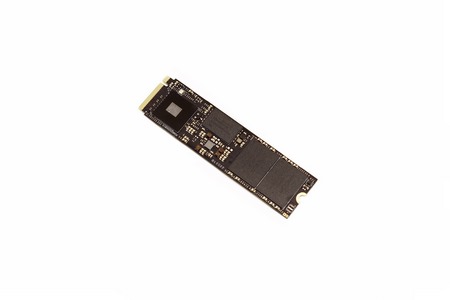
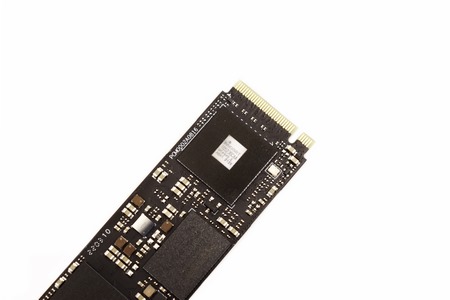
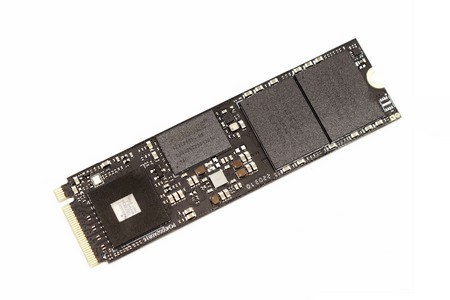 Underneath the large sticker at the top, we find the Innogrit IG5236 NAND flash controller together with an 2GB DDR4L (DRAM) module and two 176-layer 3D TLC NAND flash modules.
Underneath the large sticker at the top, we find the Innogrit IG5236 NAND flash controller together with an 2GB DDR4L (DRAM) module and two 176-layer 3D TLC NAND flash modules.
TEST BED
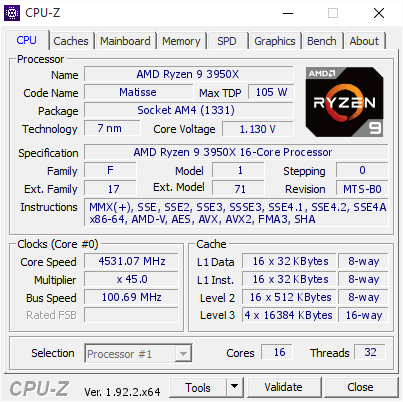

TESTING METHODOLOGY
Not long after I first started testing SSDs back in 2008, I concluded that it's almost impossible for any single benchmark suite to accurately measure their performance and that's why in certain benchmark suites we see amazing read/write performance numbers with some drives while in others things are quite different. The reason behind this is that some benchmarking suites are configured to read and write random chunks of data while others read and write constant (sequential) ones. So that's why i always use a very wide selection of benchmarking suites including AIDA64, HD Tach RW, HD Tune Pro, Crystal Disk Mark, Sisoftware Sandra Pro, AS SSD, IOmeter and ATTO. To get the most accurate results each test gets repeated a total of 6 times with the average performance numbers recorded into the charts*/****. Also, as of February 25th 2015 our results will also include the Storage Networking Industry Association’s (SNIA) IOMeter tests. These tests include a 12 Hour write test used to “simulate” performance degradation over time and a mixed workload test which basically shows what you can expect when using an SSD continuously for roughly two hours. Unfortunately, due to the time required for these tests they get repeated a total of 3 times and not 6 as the above.
Many people have made inquiries about our charts in the past so once again please do keep in mind that the Charts have the average performance numbers of each drive recorded and not the peak (highest) ones. Also, although every single one of these programs can help potential buyers choose the right drive for their needs you should also remember that from any kind of benchmark up to real world usage the gap is not small (and usually most differences will go unnoticed by most people). All tests were performed in a fresh Windows 10 Pro x64 installation complete with every update up to the date of this review.
* Since November 2018 the SSD comparison charts have been divided to 2.5” and M.2 models to reduce their growing size.
** Unless stated otherwise the Ryzen 9 3950x based Test Rig used for M.2 Gen 4 SSD reviews is not located in the lab.
*** As of January 2021 for Gen 3x4 models I’ll be using the Core i9-7980XE test rig (after numerous tests the up to 6% difference in read & write performance compared to the i7-6700 system simply wasn’t enough to justify having an extra test rig around).
**** Since February 2022 M.2 NVMe Gen3 and Gen4 SSD drives are placed in different charts.
TEST RESULTS - AIDA64 / ATTO


TEST RESULTS - HD TACH RW / HD TUNE PRO


TEST RESULTS - SISOFTWARE SANDRA PRO / CRYSTAL DISK MARK


TEST RESULTS - AS SSD / IOMETER
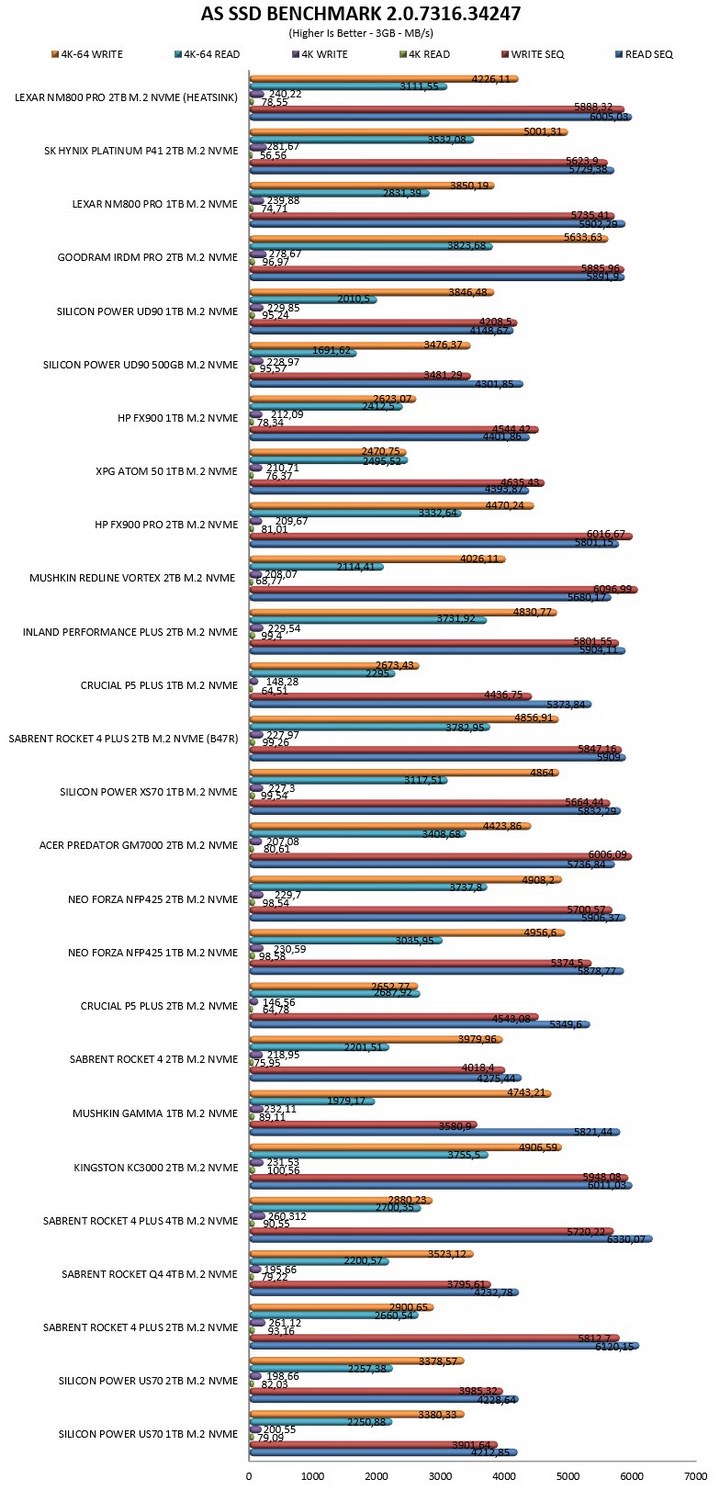
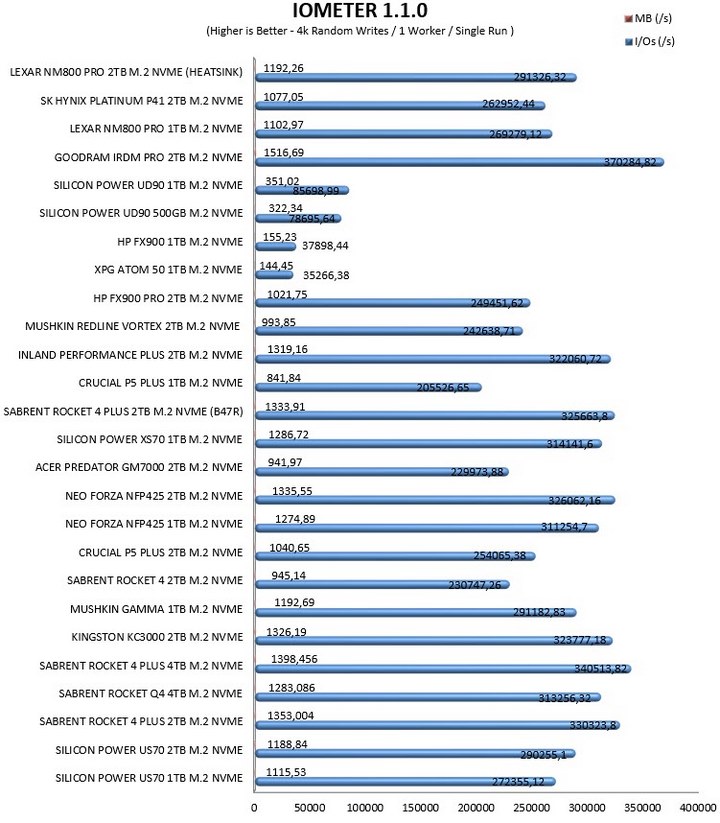
TEST RESULTS - IOMETER SNIA
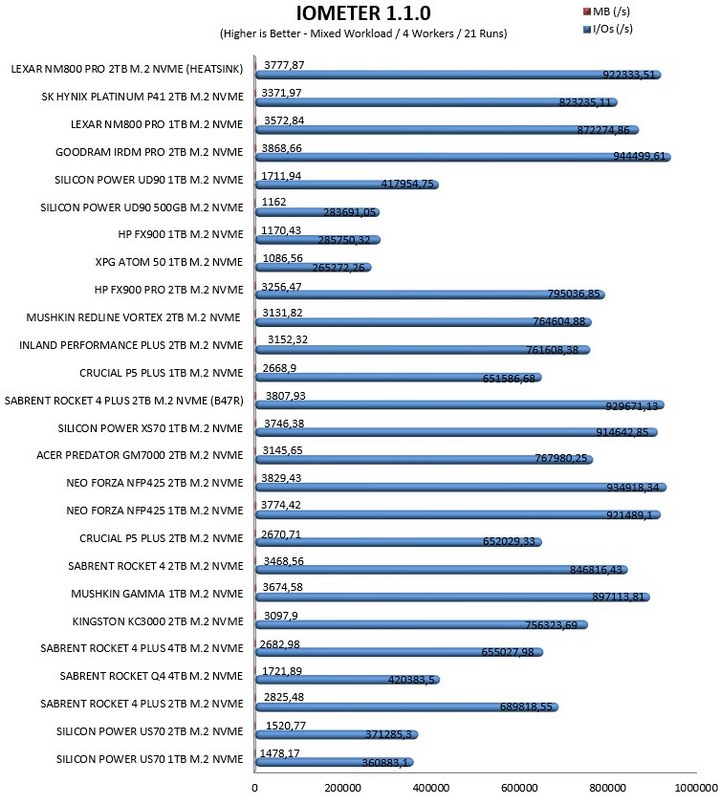
CONCLUSION
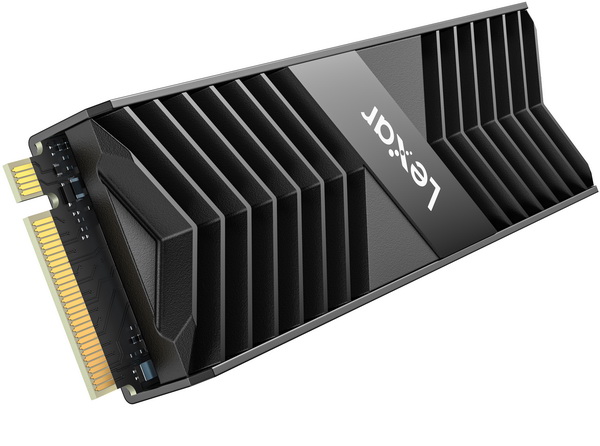
As you can clearly see from today’s charts the 2TB variant of the NM800 PRO clearly outperforms the 1TB variant in all tests, something which usually the case with larger capacity models. Still the heatsink also plays a part in these differences and especially in the SNIA tests. Thermal throttling is still there of course but as expected from the 12 hour long test but nowhere near the same degree as the non-heatsink model. Once again durability numbers are also very high for this particular model with an MTBF (meantime between failures) of 1.5 million hours and a TBW (terabytes written) of 2000. Basically, the heatsink variants of the NM800 PRO line of SSDs by Lexar is hands down the way to go if you want the optimal performance, durability and temperatures.
Counting almost 4 months in the market already the 2TB heatsink variant of the NM800 PRO by Lexar currently retails for USD186.99 inside the USA (Amazon.com – Limited Time Offer) and for 269Euros inside the EU (Amazon.de) a price tag which is very balanced for this particular model. Performance and endurance paired with an effective PS5 compatible heatsink and all that at a tempting price tag (especially on the other side of the Atlantic) the heatsink version of the NM800 PRO 2TB PCIe 4.0 Gen4 M.2 NVMe SSD has everything going for it and for that it also gets the Golden Award.

PROS
- Excellent Performance Levels
- Endurance (2000TBW / 1.5 Million Hours MTBF)
- PS5 Compatible Heatsink (Limited Thermal Throttling)
- 5 Year Limited Warranty
- Current Price (USA)
CONS
- Price (EU)

 O-Sense
O-Sense





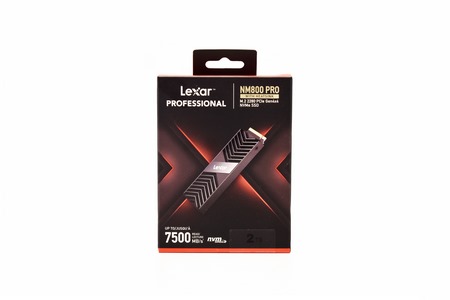
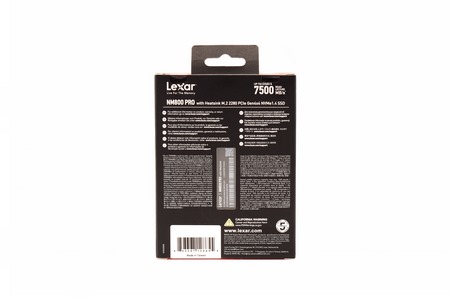
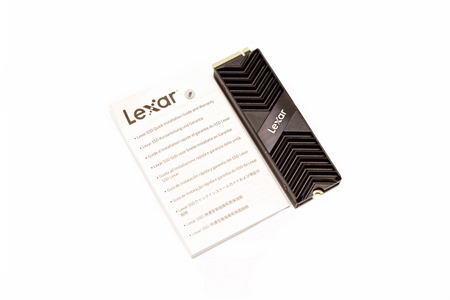
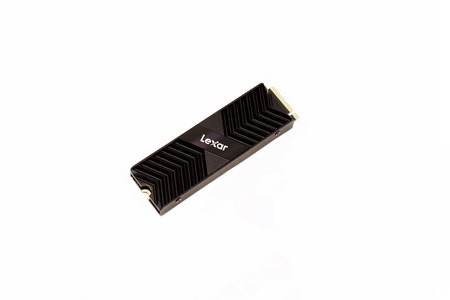
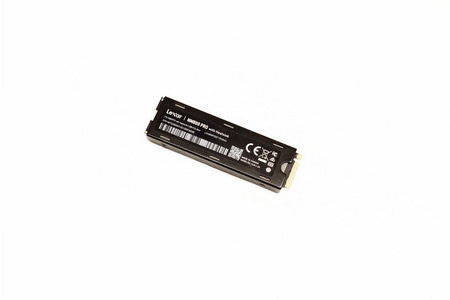
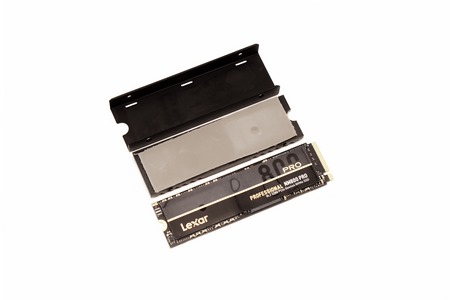
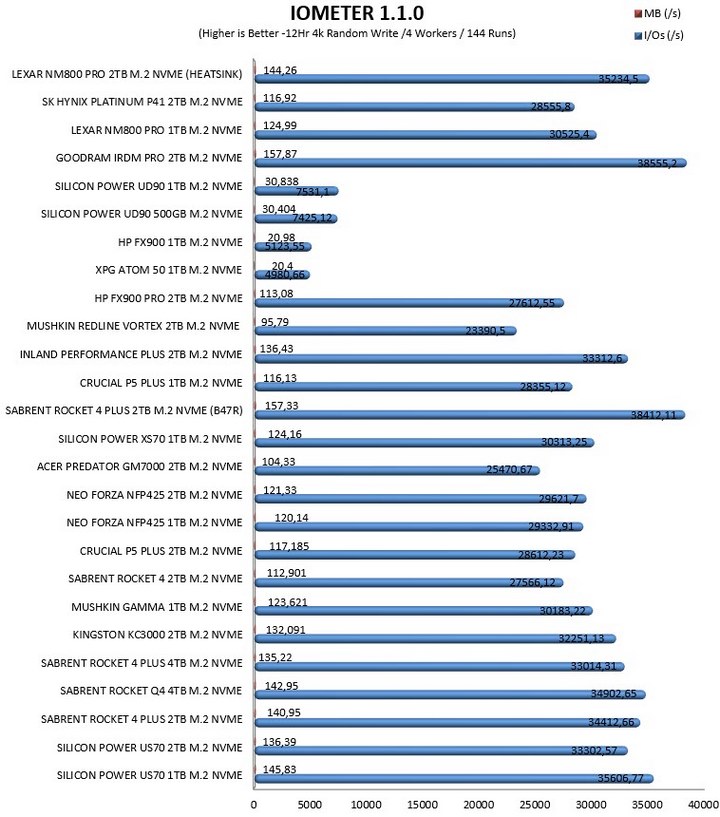
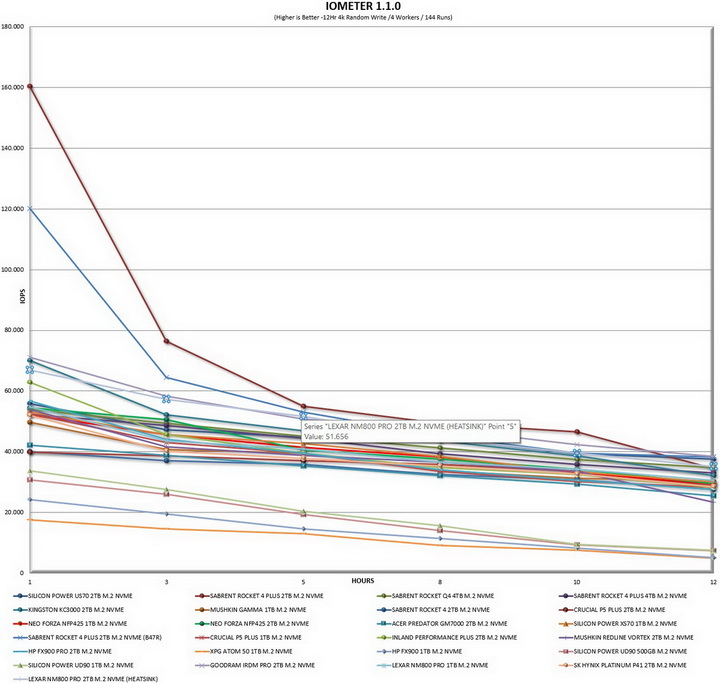


.png)

